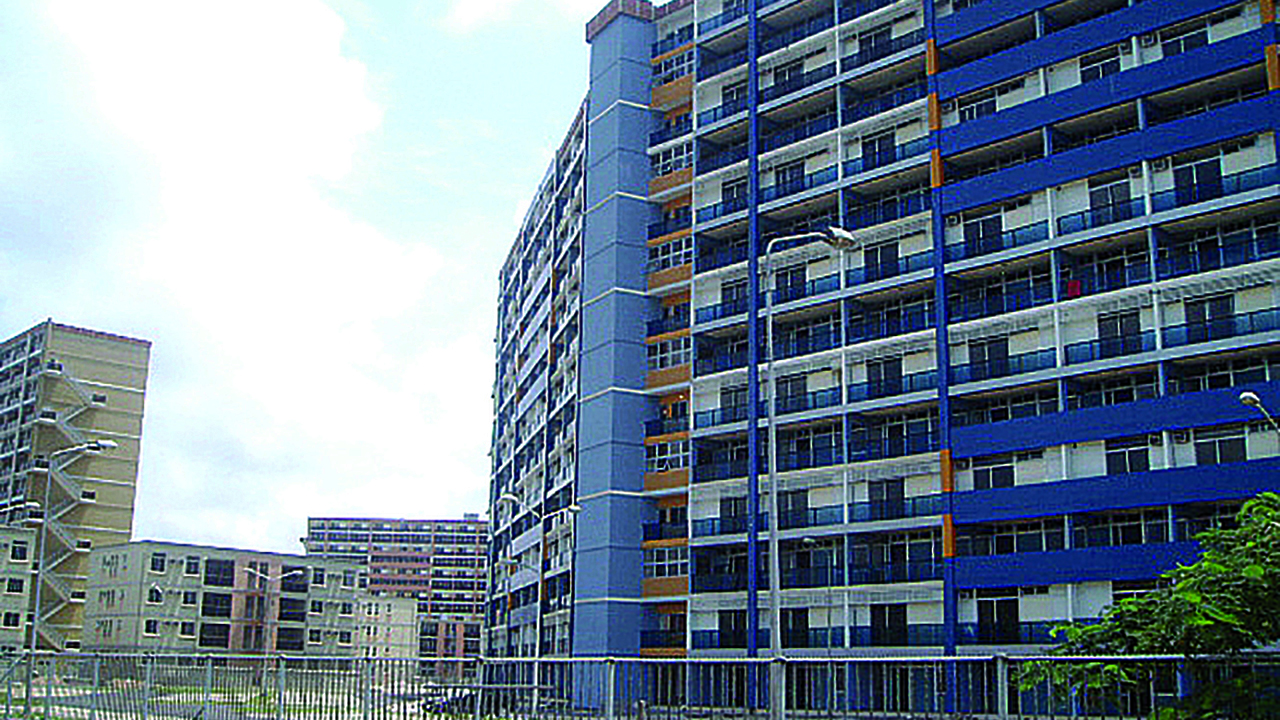
A new report by Goldman Sachs (GS) research has revealed that higher mortgage rates are taking their toll on housing markets around the world, while sales and prices will likely remain under pressure this year in most economies.
After a surge in housing activity during the pandemic, home sales rebound in the second half of 2022, when rate hikes enacted by central banks caused mortgage rates to spike in most developed market.
However, Goldman Sachs economists, Joseph Briggs and Giovanni Pierdomenic, said a contraction in housing starts, sales and prices have persisted this year and show little sign of stopping. Recent financial turmoil has increased uncertainty for housing outlook, as ongoing pressures could cause smaller banks to tighten lending standards despite declines in long-term yields.
Higher borrowing costs for homebuyers have weighed heavily on housing affordability and the full impact likely hasn’t been felt yet.
The GS research team estimates that each 100-basis-point rise in mortgage rates leads to a 6 per cent decline in residential fixed investment after three or four quarters and a 2.5 per cent drop in house prices after 10 quarters. The timing of the impact isn’t uniform across the world; differences in mortgage markets across countries can speed or slow the impact.
The study said countries with higher shares of fixed-rate mortgages, for instance, tend to experience delayed rate impacts since mortgage rates have only recently peaked in most countries and could be headed higher still, as the global housing market may not have yet found its bottom.
The authors said: “Our broader interest rate forecasts suggest mortgage rates are likely to remain higher for longer, implying that the investment growth drag from higher mortgage rates in most G10 economies will likely continue through at least end of 2023. Of course, interest rates aren’t the sole determinant affecting the global housing outlook.”
The report estimates that mortgage rate increases account for less than half of the forecast variance in most countries. Housing market tightness, as measured by the scant supply of homes available for sale, is having a large influence in many markets and should limit the downside of house prices to some extent.
“Our economists also believe that continued growth in developed markets should provide additional support,” GS said.
Incorporating these factors and others, the GS Research team’s G10 housing model predicts meaningful peak-to-trough home price declines in developed markets where housing affordability plunged following the pandemic, including New Zealand (-19 per cent), Canada (-19 per cent), Sweden (-17 per cent) and Australia (-15 per cent).
Some of the developed markets that will likely see flat or moderate declines include Italy (-two per cent peak), France (-four per cent) and Switzerland (-six per cent), reflecting a slower increase in mortgage rates and less stretched affordability.
The housing declines around the globe are going according to plan, the authors write.
Pierdomenico said: “The strong housing market response to rate hikes has helped to slow overall growth below trend without causing a recession or triggering a rise in delinquencies in most major economies. We anticipate that this pattern will continue.”






